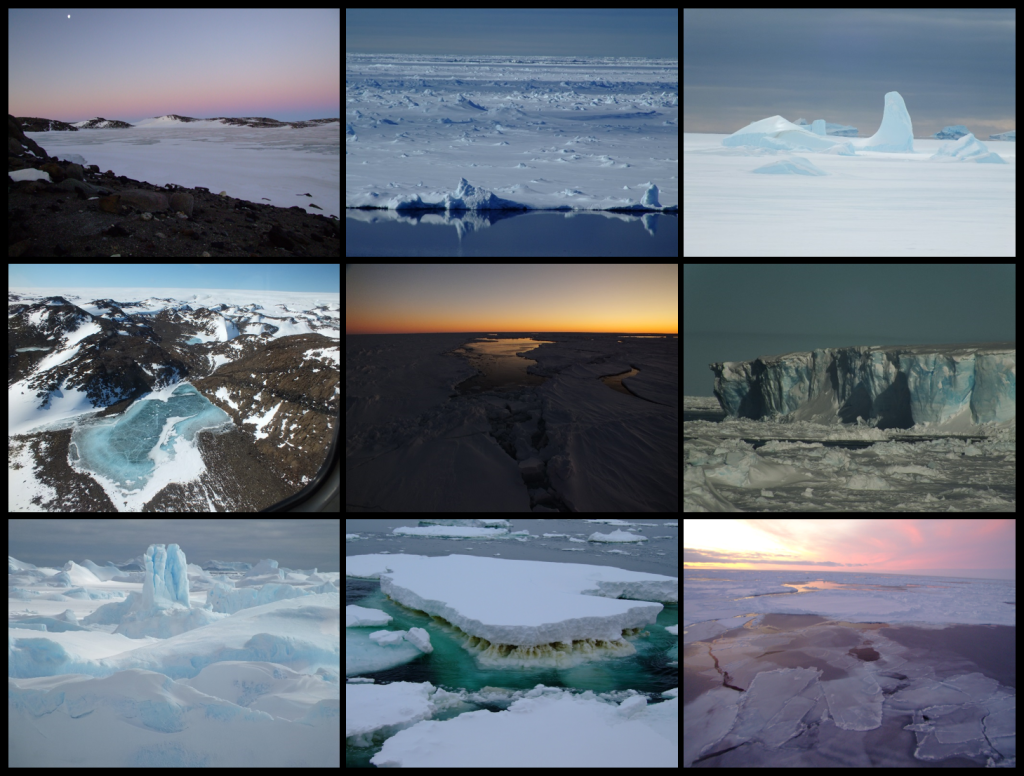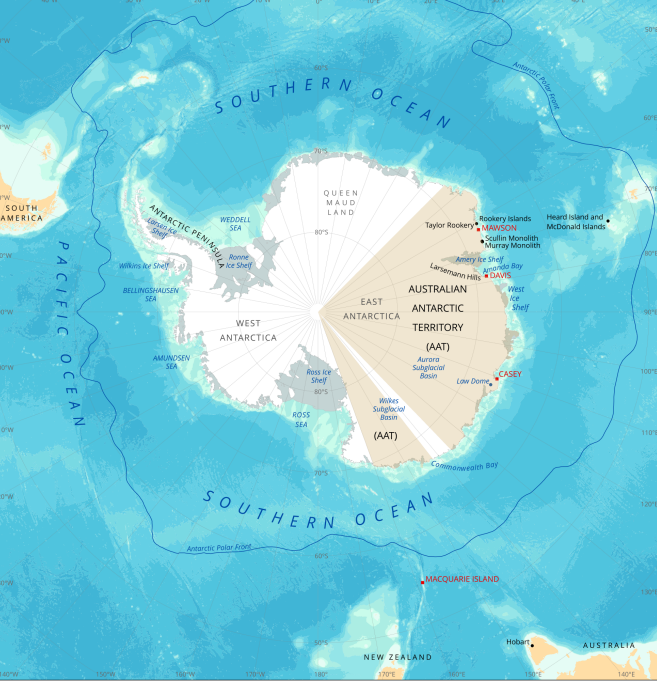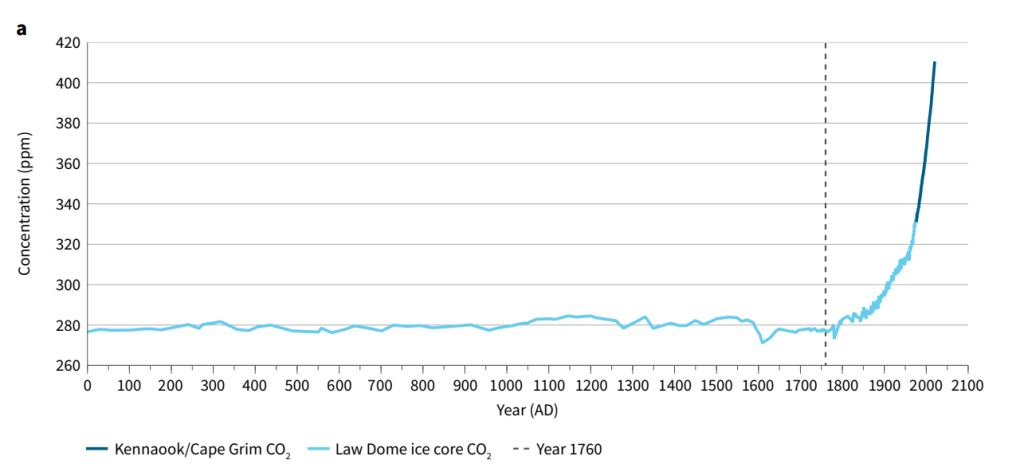Antarctica

Antarctica, the icy expanse at the southernmost tip of the Earth, harbors a unique and fragile ecosystem that has evolved in extreme conditions. The continent’s coastal areas are home to rich marine life, with krill, squid, and various fish species thriving in the cold waters. These coastal regions also host diverse bird species, including penguins and seals, which rely on the nutrient-rich Southern Ocean for their sustenance. The surrounding Southern Ocean is a vital component of Antarctica’s ecosystem, supporting not only marine life but also influencing global climate patterns.
Inland, Antarctica’s harsh interior is dominated by vast ice sheets and glaciers, with only a few patches of ice-free land along the coast. These ice-free areas, though seemingly barren, are crucial breeding grounds for hardy mosses, lichens, and microscopic organisms. Unique adaptations, such as the ability to photosynthesize during the short summer season, allow these organisms to survive in this extreme environment. The Antarctic ecosystem, though seemingly austere, plays a crucial role in the Earth’s climate system, acting as a barometer for global environmental changes. As human activities and climate change pose threats to this pristine wilderness, international efforts are essential to preserve Antarctica’s unique ecosystem and maintain its scientific value for future generations.

OBSERVATIONS FROM THE MAP:
The concept of an Antarctic forest seems otherworldly, as the frozen continent is predominantly characterized by vast expanses of ice and snow. However, exploring a hypothetical map of Antarctica’s forested areas reveals an intriguing fantasy landscape. Along the coastal fringes, where the ice meets the Southern Ocean, the map showcases pockets of hardy, low-growing vegetation. These imagined Antarctic forests might consist of mosses, lichens, and cold-tolerant shrubs, adapting to the extreme conditions of the continent. In this speculative map, the fringes of the Antarctic Peninsula and certain ice-free islands become marked by scattered green patches, representing resilient plant life that has adapted to the brief Antarctic summer.
While the concept of lush, towering trees in Antarctica remains a fantasy, this imaginative map prompts reflection on the potential for life, even in the harshest environments. The resilience of the flora in these hypothetical Antarctic forests could symbolize nature’s ability to adapt and endure, even in the most extreme conditions on Earth. Such an imaginary exploration underscores the importance of understanding and preserving the delicate balance of Antarctica’s real ecosystems, as they remain vital indicators of global environmental health.

Business‑as‑usual periods, outside these extremes, were just as mportant.
EESC = equivalent effective stratospheric chlorine; Mt = megatonne; OMI = Ozone Monitoring Instrument;
OMPS = Ozone Mapping and Profiler Suite; ppb = parts per billion; TOMS = Total Ozone Mapping
Spectrometer
(a) Estimated daily mass of ozone destroyed within the ozone hole, shown for individual years from 2015
to 2020 as a function of day of year from July to December. (b) Estimated total annual ozone mass loss
associated with the ozone hole from 1979 to 2020 (green dots) and EESC (blue line), a measure of the
stratospheric concentration of ozone-depleting substances. These figures are obtained from CSIRO
analysis of daily total column ozone measurements provided from the OMPS on the Suomi National
Polar-orbiting Partnership satellite. In (a), the light-blue background shows the range of daily values for
1979–2019 obtained with the TOMS instrument (1979–2003), the OMI (2004–11) and OMPS (2012–19). Gaps
in the timeseries are when no TOMS measurements were made.
Antarctic ice sheet and glaciers
Melting of the Antarctic ice sheet and the
icebergs it discharges adds freshwater to the
Southern Ocean (Hammond & Jones 2016).
The amount of melting has increased since
the 1990s (Rignot et al. 2019), escalating
Antarctica’s contribution to global sea level
rise. Changes in the salinity of the Southern
Ocean because of freshwater input have
affected its structure and circulation, the
availability of iron for ocean ecosystems, and
the timing and extent of sea ice production
(Bintanja et al. 2013, Meredith et al. in press).
The effect of these influences on a variety
of Antarctic taxa, such as krill, seals and
penguins, is not well understood.




